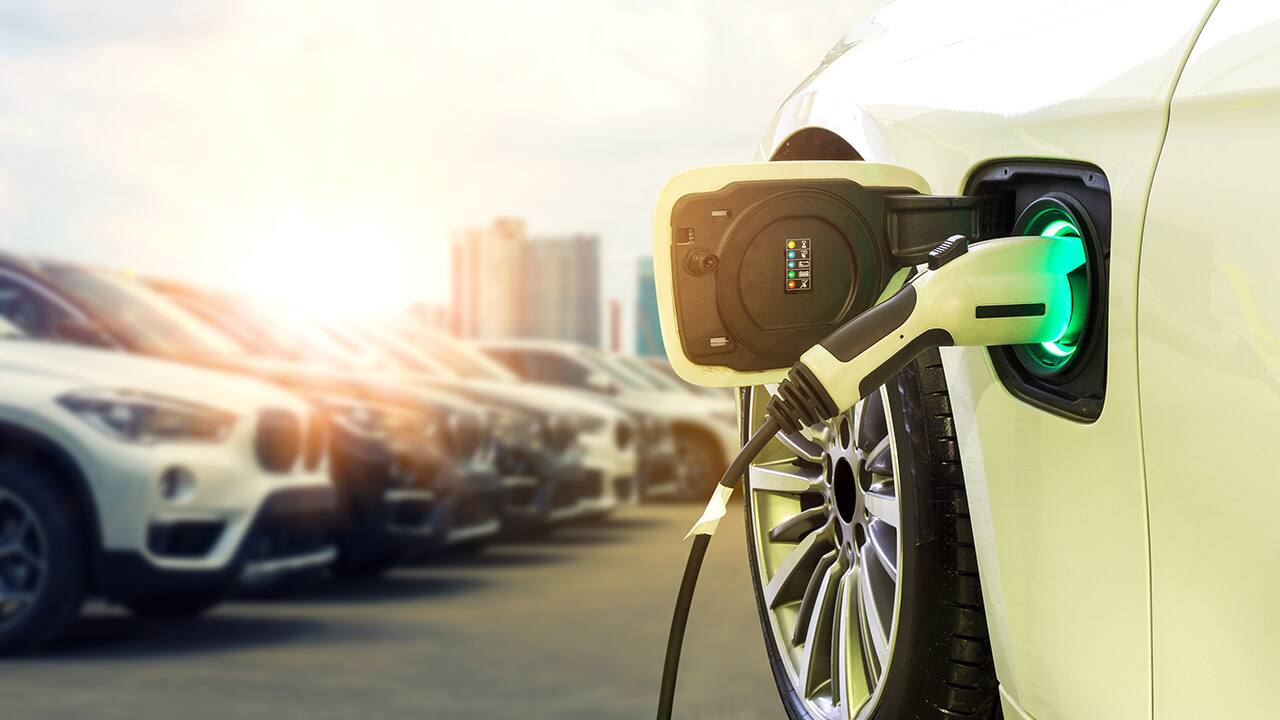


Both the projects aim at reducing carbon emissions and building a low-carbon transport system through policies, tools and innovation. These two ambitious programmes will drive this vision through meaningful actions to achieve the UN SDGs by 2030 and also promise a liveable ecosystem for the next 100 years. Here's why these two green initiatives matter for India:
Carbon emissions in India
India is the third-largest contributor of carbon emissions in the world, behind China and the USA. In the country, transport is the third most greenhouse gas-emitting sector, contributing 13% of total emissions in India. The majority of emissions particularly come from road transport. These emissions have exponentially increased since 1990 and are likely to shoot up by around 6% annually till 2030.
The reason is simple: rise in mobility. The rise in urbanisation and disposable income have led to demand in motorisation, resulting in carbon footprint, bumper-to-bumper traffic, air pollution, and much more. As per the latest World Air Quality Report, six of the world's 10 most polluted cities are in India. Moreover, air pollution killed over one million in the country in 2019.
These statistics are alarming and call for urgent steps to fight air pollution and minimise carbon footprint by introducing alternative fuel options such as CNG, LNG, and taking strategic decisions to ensure a low-carbon transport sector.

India's roadmap on low carbon and sustainable mobility
Thus, to limit emissions and align policymakers, innovators, corporates, etc., with a common goal, FICCI launched the roadmap to improve intermodal and mode-wise system efficiencies, avoid vehicle kilometres for commuting, provide low-carbon solutions to urban and rural populations, and accelerate action on adaption in the transport sector.
The Union Minister for Road, Transport and Highways, Nitin Gadkari, said India's focus should be on developing transport options that are cost-effective, pollution-free, have best technology and create jobs.
The roadmap, developed by the think-tank and multiple stakeholders, gives a direction and talks about decarbonisation with a major thrust on public transportation, sustainable fuels, building infrastructure for efficient mobility, etc.
It addresses the heart of the problem, challenges and proposes multi-pronged strategies to combat carbon emissions. For instance, the detailed report emphasises the use of hydrogen as an alternative owing to its ability to power fuel cells in zero-emission electric vehicles, biofuels, electric and shared mobility (eBuses, eBikes, eCars). The key recommendations in the document point towards the need to incentivise the appropriate use of vehicles, public transportation, and promote research into new and advanced technologies.
DTEE in India
Another ambitious initiative to promote low-carbon transport was the partnership between NITI Aayog and ITF. The latter will support the Indian government to make the right choices on the way to a low-CO2 transport system.
During the virtual launch, NITI Aayog CEO Amitabh Kant said: “The DTEE project would help India translate its climate ambitions into actions. The modelling tool and assessment framework would provide a targeted analytical assistance to identify these climate actions and help us draw policies rooted in data analysis and advanced modelling.”
The project will see tailor-made design addressing the transport emissions issues, which will help the government to frame actionable policies in specific domain to achieve its goals towards climate action.
Existing policies
The aforementioned visions coupled with the existing policy framework are likely to strengthen the resolve against carbon emissions. Policies such as National Electric Mobility Plan (NEMP), Faster Adoption and Manufacturing of EVs (FAME), National Hydrogen Road Map (NHERM), National Mission on Transformative Mobility and Battery Storage, etc., can proactively help India to bring inclusive change.
Public Private Partnership
Meanwhile, the programmes stress upon the need for innovative business models as well as public-private partnership models that can give impetus on sustainable mobility in India. Significant contribution from the corporates can help in reducing emissions through effective conversion of fleet from fossil fuel-based transportation to electric or biofuels-powered vehicles. AB InBev has done exactly the same in the US where it forged an agreement with Nikola Motor to provide them with 800 hydrogen-electric-powered semi-trucks for its dedicated fleet. The world's leading brewer, under its sustainability initiatives, wants to convert its entire long-haul fleet to renewable trucks by 2025.
The company is already working with Indian think-tanks, governments and communities in smart agriculture, water stewardship, climate action, and circular packaging to roll out sustainable initiatives. It has also made efficient use of water across its breweries in India. Therefore, it might also look at decarbonising its fleet in the country and take forward its plan towards climate action.

